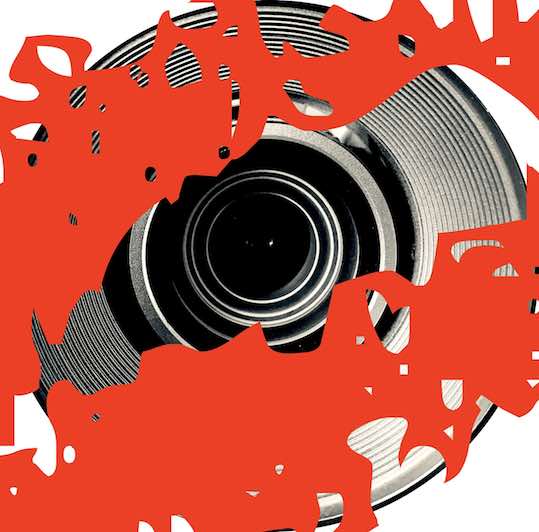Memories of Murder/ Salinui chueok (2003)
The Magic Shop.
OLGA’S NOTES:
Note1:
DETECTIVE: What did he look like?
LITTLE GIRL: Just, you know... Ordinary.
Hannah Arendt’s most notable work, “Eichmann in Jerusalem: A Report on the Banality of Evil”, was based on Adolf Eichmann, that chillingly ordinary architect of the Holocaust who had maintained to his dying day that there was nothing wrong with him just doing his job.
“Memory of Murder” is a film about the banality of an ordinary murderer, who lives amongst us, looks just like the one of us – and doesn’t believe that there’s anything wrong with murdering any one of us. Eichmann was following other people’s orders; our man is following his own instinct. But neither of them provides a good enough reason for us to die. Grated, no death looks particularly good from this side of the fence, but a death with no purpose must feel like the last frikkin straw.
Note2: At the start of the Thailand leg of his Parts Unknown journey, Anthony Bourdain talks about the surprise and delight that is the light in Asia. ‘It was like discovering the colours I never knew existed before,’ he says. ‘A whole new crayon box full of colours.’
Hyung-ku Kim, “Memory of Murder” cinematographer, not only proves him right, but also adds a few more crayons to the box.
Intro: Boy Meets Evil.
HELENA’S NOTES:
Note1: Useful things I’ve learned about Korea and Koreans (that K-pop won’t necessarily fall over itself to teach you):
a) they like to eat, like, all the time,
b) they always eat with their mouth open; #ew,
c) their karaoke sound is way better than any Eurovision song contest I’ve ever been bored enough to watch,
d) don’t wear read on a rainy day if you wish to live.
Note2: 80s Korea looks a lot like 70s Croatia. The inland bit only – the Adriatic Coast is different. Come to think of it, the Adriatic Croats are so different from the rest of the Croats, they may as well be Korean.
Save Me/ I’m Fine.



